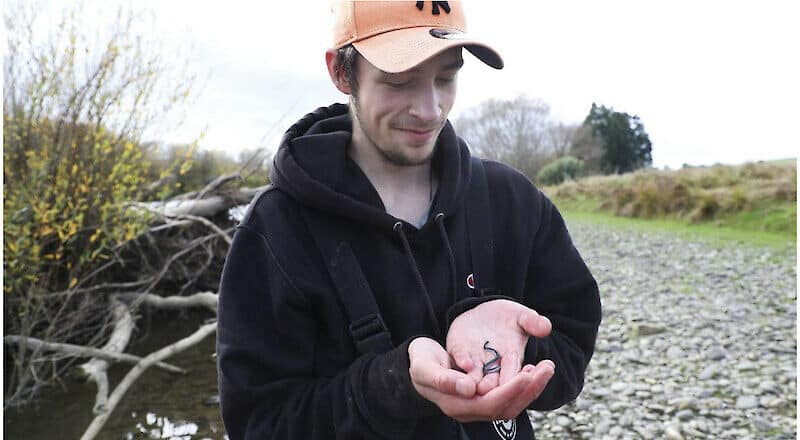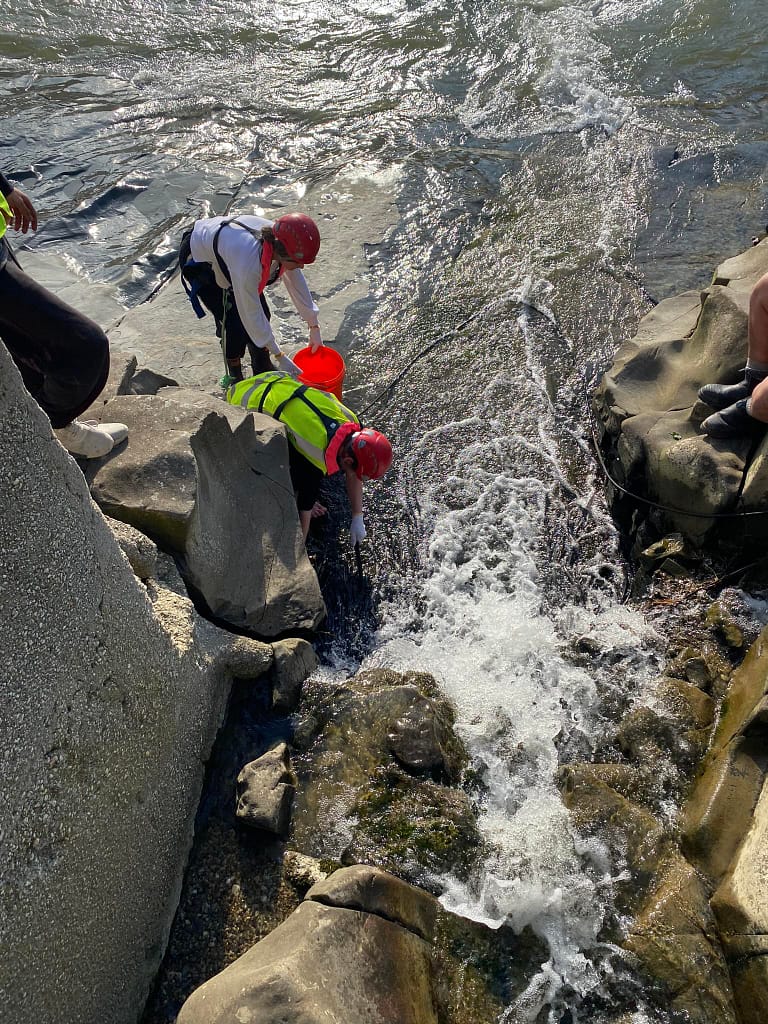
How Hokonui Rūnanga are working to restore kanakana numbers
Monitoring the species in the river would help the group understand where it needed to focus efforts to
Investing in research and monitoring programmes is essential for gaining insights into the ecological dynamics and population trends of kanakana. By conducting comprehensive assessments of habitat quality, population demographics, biological markers, and ecosystem health, Hokonui Rūnanga is identifying priority areas for conservation action and adaptive management strategies.
Integrating mātauranga Māori (traditional ecological knowledge) into decision-making processes enhances the resilience and effectiveness of conservation efforts. By recognising the intrinsic connections between cultural practices, environmental stewardship, and biodiversity conservation, Hokonui Rūnanga can promote holistic approaches that honour Indigenous perspectives and values.

Culturally, the Mataura Falls are significant to local Māori as an area of traditional and contemporary food gathering. The falls were named Te Au-Nui-Pihapiha-Kanakana by Ngāti Mamoe rangatira Parapara Te Whenua due to the mass amount of kanakana (pouched lamprey: Geotria australis) that was known to congregate there. The Crown recognised the significance of the customary harvest for both tuna (eels: Anguilla spp.) and kanakana with the gazetting of the mātaitai reserve on the Mataura River in August 2005. The 8km mātaitai reserve includes the Mataura Falls and the Mataura Weir. Mataura Falls is a natural barrier modified and reduced for industrial purposes. Upstream from the Mataura Falls is the Mataura Weir, a concrete Ū-shaped structure believed to have been constructed in the 1920s or 1930.
To find out more about the Mataura Mataitai, click here.
Explore Mataura Falls, known traditionally as Te Au-nui-pihapiha-kanakana, the great falls of kanakana, and find out why this area is significant to mana whenua.
Strengthening our partnerships with governmental agencies and research entities, environmental organisations, and other indigenous communities can amplify the impact of our conservation initiatives. Collaborative efforts can leverage resources, expertise, and knowledge-sharing networks to implement effective strategies for habitat restoration, pollution prevention, and species recovery. Such partnerships can be powerful in the conservation of kanakana and are a cornerstone of our kanakana research and management.
Hokonui Rūnanga has been involved in collaborative research on taonga species for many years, culminating in a robust multi-stakeholder alliance focused on these species. Hokonui Rūnanga has committed to investigating the feasibility of establishing a dedicated research centre in Murihiku where mātauranga Māori and science disciplines can work in unison for the betterment of Ngāi Tahu taonga species.
Community engagement and education initiatives are vital in raising awareness about the importance of kanakana conservation. Hokonui Rūnanga is fostering a deeper understanding of the cultural and ecological significance of kanakana among local communities to mobilise support for conservation efforts and encourage sustainable practices.
Listen to our presentation at Crazy & Ambitous 4, New Zealand’s Biological Heritage National Science Challenge conference.

Monitoring the species in the river would help the group understand where it needed to focus efforts to

On Wednesday 27 April, we were very lucky to have the Minister for Māori Development Willie Jackson join